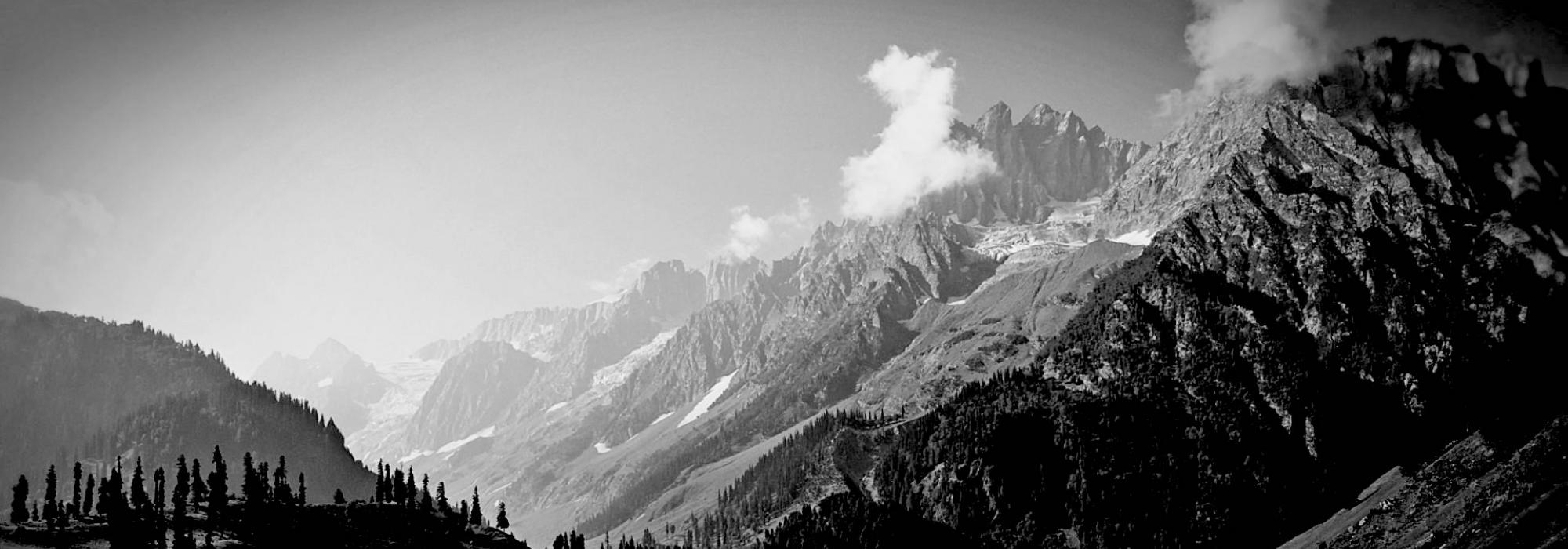Upakosala (Chāndogya) continued
After three agnis instructed Upakosala, one amongst them, Gārhapatyāgni said, “Upakosala, I’ve four bodies, Pṛthvī, Agni, Anna and Āditya. Amongst these, the puruṣa who resides in the Āditya maṇḍala, I’m that. Whoever realizes this and does upāsanā, they will rid themselves from all the pāpa and will find prosperity.”
Then Dakṣiṇāgni addressed him thus, “Vatsa, I’ve four bodies, Jala, Dik, Nakṣatra, Candra. Amongst these, the puruṣa who resides in the Candra maṇḍala, I’m that. Whoever realizes this and does upāsanā, they will rid themselves from all the doṣas and will attain śreyas.”
Then Āhavanīya addressed him thus, “Saumya!, I’ve four bodies, Prāṇa, Ākāśa, Dyuloka, Vidyut. Amongst these, the puruṣa who resides in the Vidyut, I’m that. Whoever realizes this and does upāsanā, they will attain prosperity.”
Finally they addressed him together thus. “Saumya! Upakosala. The knowledge which we have imparted is called the agnividyā or the ātmavidyā. Your ācārya would reveal the fruits which the upāsaka would obtain. आचार्यद्धैव विद्याविदिता साधिष्ठ प्रापत्”. Upakosala continued doing agniparicarya. Few days later his ācārya returned. Upakosala went and prostrated before him. Satyakāma, observing the radiance in his face said, “Saumya! Upakosala! You look like an ātmajñānin, who taught you?” Upakosala, with folded hands, said, “Bhagavan, in your absence who would dare to teach me? See how the agnis look as though they are trembling in your presence!” Satyakāma asked him, “What did they teach?” Upakosala replied, “They taught me ‘कं ब्रह्म, खं ब्रह्म’ the puruṣa who resides in the Āditya maṇḍala, the Candra maṇḍala and the Vidyut is brahman.” Satyakāma smiled and said, “The agnis have taught you the places apt for the upāsanā of the brahman, not the brahman itself. The people who go by this route will eventually reach brahman. But I'll reveal the Brahman itself. Once you realize this just like how the water droplets doesn’t stick on the lotus leaf, the fruits of karma won't stick to you. Brahman is indestructible and the ultimate refuge. People who have undergone sādhanas like brahmacarya and are śānta and possess viveka would be able to see the brahman. As the agnis revealed, they can see brahman in the Āditya maṇḍala, the Candra maṇḍala and the Vidyut. But your eyeball itself isn’t brahman. The one who sees is indeed the brahman. One who realizes this is indeed a mukta. He will be free from the cycle of birth and death.”
The superiority of Prāṇa (Chāndogya)
The Prāṇa is more superior than the sense organs. The one who is an upāsaka of Prāṇa would find a superior position. That will give him the capability to do all the karmas as prescribed by the śāstras. The following story makes one realize the superiority of Prāṇa
Once there rose a fight amongst Prāṇa and other sense organs. What is the most superior part of the human body? Prāṇa said, “I’m the most superior. I’m the eldest. You all moved in only after I came in. if I’m not present, nothing happens.” The mouth replied, “Just because you are old doesn’t mean you are superior. What do you actually do? You just go in and out, happily passing time! Look at me, only because of me, one gains education, wealth etc. one would become famous as an orator. I’m responsible for all the day to day transactions. Therefore I’m superior.” The eye stood up and retorted, “Oh! Please don’t talk rubbish. What would one do without me? Only by the power of sight one would go around doing one’s work. If not for me, one would just trip, fall down and die! Observing my importance, the experts in nīti say, ‘सर्वेन्द्रियाणां नयनं प्रधानम्’. So I'm the one who is superior.” The ear said, “You all are just boastful. If one cannot hear he can’t learn, or earn, then there is no food. If one cannot even hear what his guru says, how can he become erudite? Without such scholarship where is earning? Food? If you can’t even hear what others say, what is the use of talking? Without me everything would come to a standstill. Therefore I’m superior.” The manas got up and said, “Oh! Enough of this chatter. The most important things are information, discretion and jñāna. I’m the one who provides these things. You all serve me. Can someone survive without me? If this realization was there you all wouldn’t blow your own trumpets! I’m the most superior.” Likewise other organs also placed their arguments. There was no solution. Here one should understand that it's not the senses literally but the deities in charge.
Then Prāṇa pondered, “The one who created us, made us one with the human body, and assigned us our duties is the prajāpati Brahmā. Let me go and ask him directly. Who is the most superior. Then everything will be clear.” Thus Prāṇa approached Brahmā with this conundrum, “Prabhu! You are the one who created us. Now there is a fight regarding our superiority. You should decide who amongst us is superior.” Brahmā thought, “While it is evident that it is the Prāṇa who is superior, if I just tell it, there won’t be an end to this problem. Instead I should prove it so that everyone sees the truth.” He said, “Take turns and leave the body for a year. Let us see how the body is able to function. Who is superior will become evident.” Prāṇa returned and conveyed Brahmā’s order to other senses.
To be continued...
This is the ninth part of the multi-part translation of the Kannada book "Upanishattina Kathegalu" by Mahamahopadhyaya Vidwan Dr. N Ranganatha Sharma. Thanks to Dr. Sharada Chaitra for granting us permission to translate this wonderful work. Thanks to B. N. Shashikiran for timely and appropriate edits. The original in Kannada can be read here










































